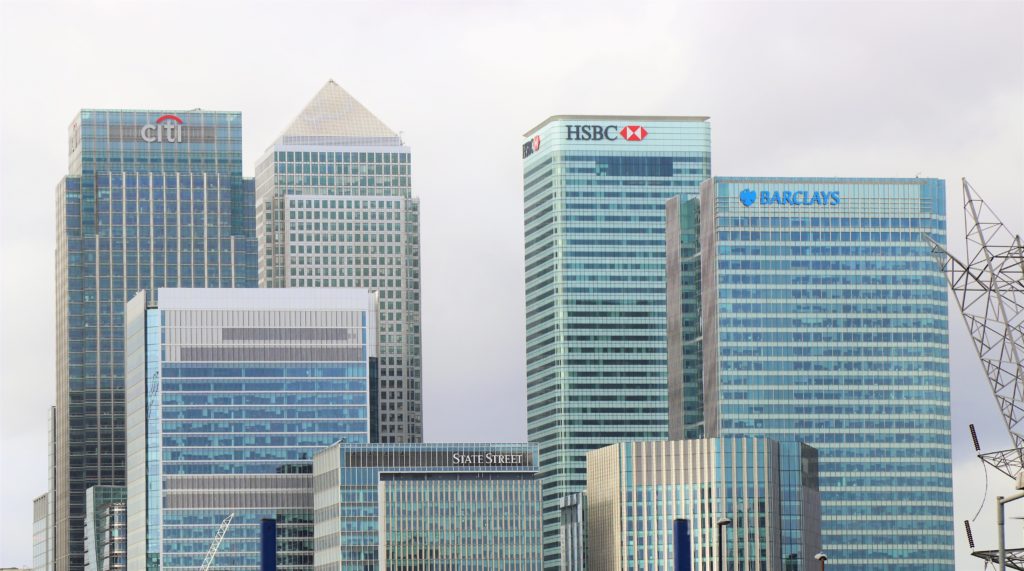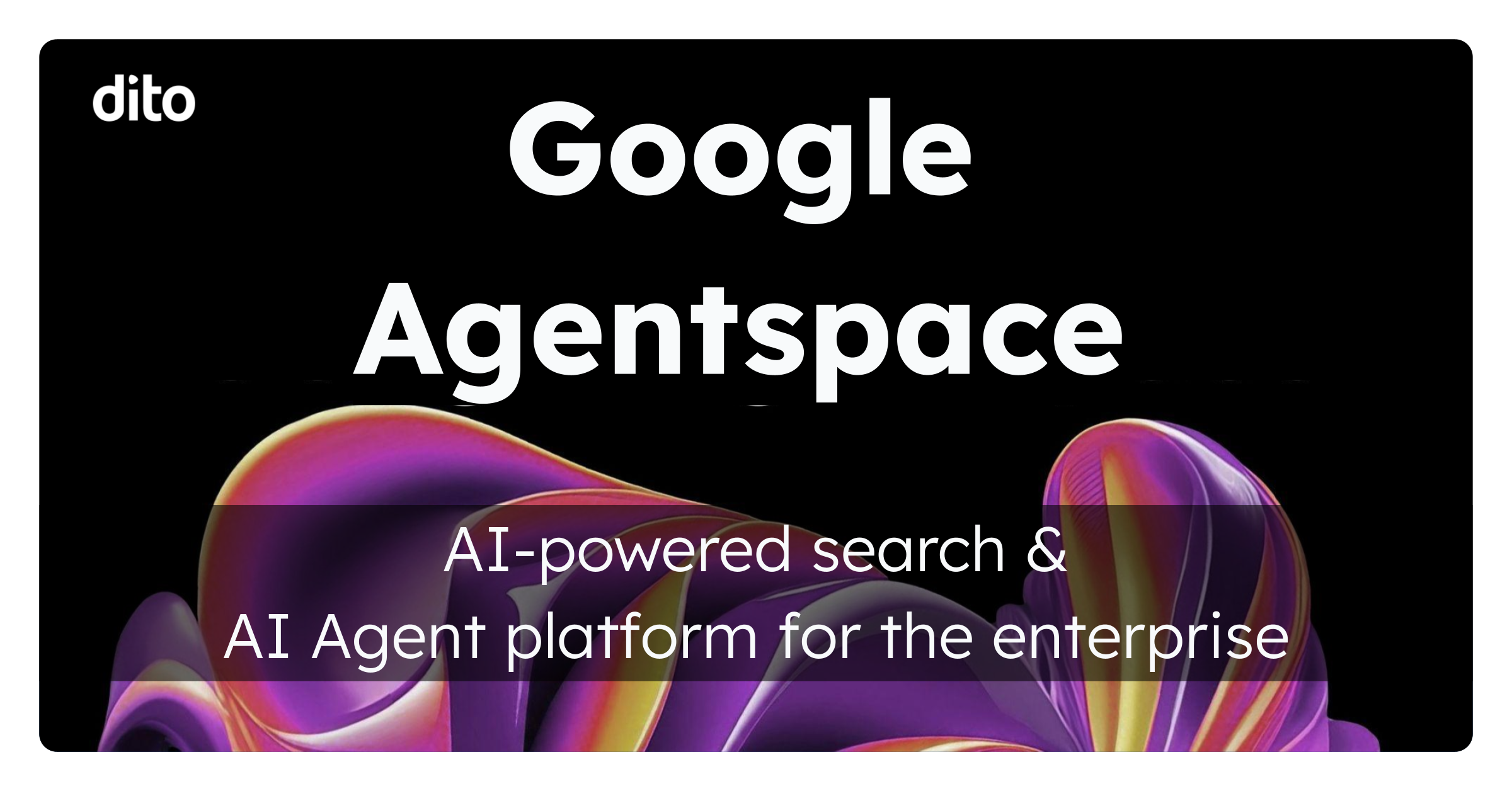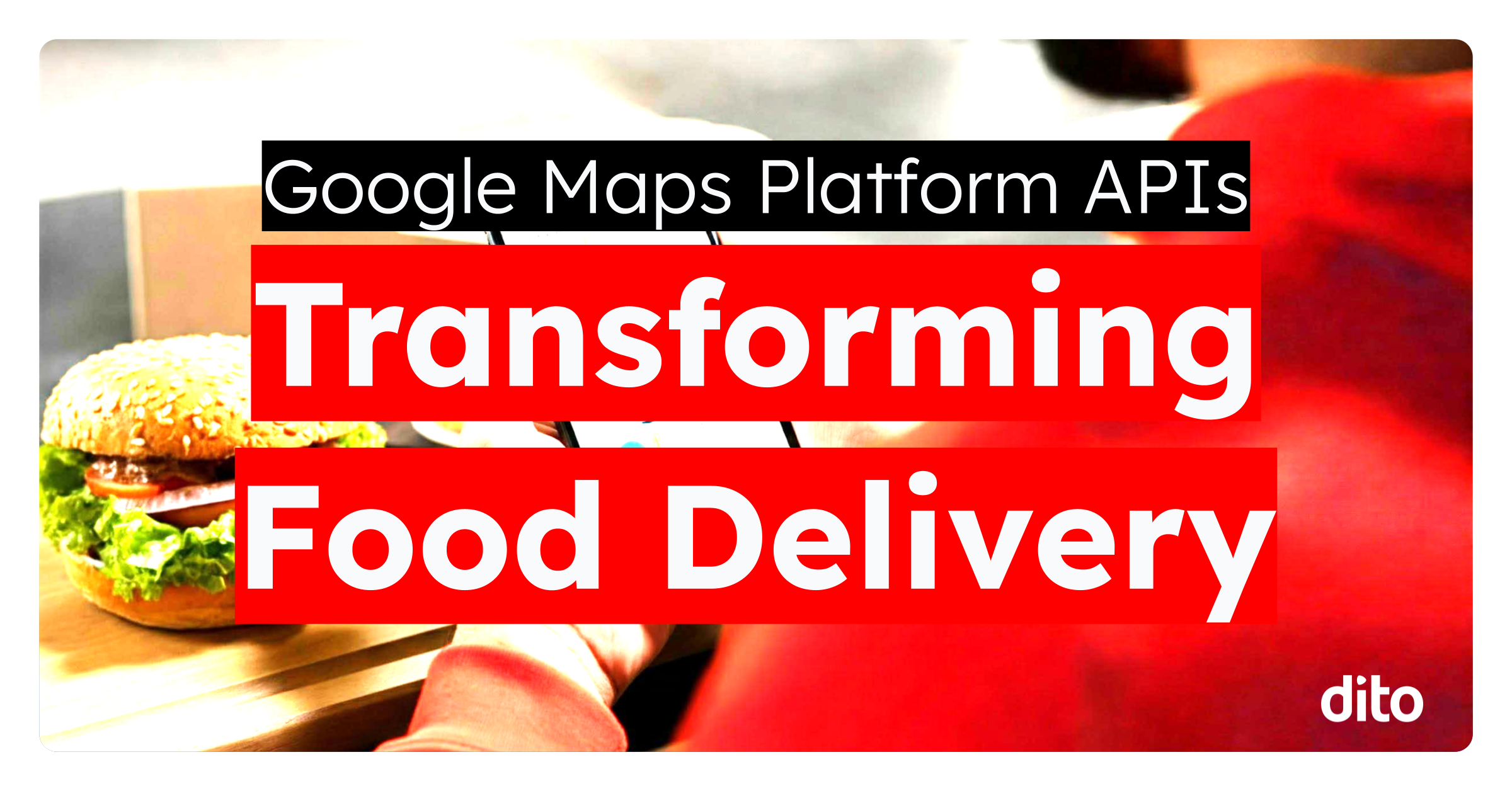As the years go by, more and more consumers are coming of age after being immersed in technology their entire lives. With this change, the new innovations and advances in technology and the entire customer experience through the interactions with a business have massively increased the rigorous customer expectations of nearly all financial service institutions (FSIs).
The Google Maps Platform builds a foundation on 3 main core items: Maps, Routes, & Places:
- Maps helps to bring live, real world information to our users through the utilization of customized maps and a variety of Street View images.
- Routes is exactly what it sounds like – helping users find the most efficient way to get from point A to point B through the use of real-time traffic information and detailed location-based data.
- Places uses location data to help GMP users explore the world and, on a more specific level, find places & businesses through the use of phone numbers, addresses, and other real-time signals
There are numerous trends that are happening as we speak that are influencing the need for FSIs to begin utilizing the cloud platform:
- Drastic change in capital power: More than 70 million millennials are ready to take over an estimated $30 trillion in wealth from baby boomers.
- These millennial consumers have grown up immersed with technology and have vast backgrounds in user experience, and expect the same quality of experience from their financial services provider as they would get anywhere else
- The new era of financial users are willing to change providers for a better experience and a more relevant deal. Nearly half of millennials are willing to switch banks for a better customer experience.
- One part of the reason these expectations are shifting is because of new FinTech competitors that offer personalized, fast, and easy service. These open banking regulations are leveling the playing field, forcing larger banks to open up their customer data to these firms, which in the end benefits all users.
- In addition to customers demanding better experiences, FSIs are facing increasing challenges in dealing with risk exposure. Banks and other FSIs continue to be top targets for hackers, thieves, and other individuals with fraudulent backgrounds. Fraud and scams are on the rise too, as criminals become more and more sophisticated in their methods and as the technology they use continues to advance.
- One major obstacle that many banks face are the challenges that come with inflexible, expensive legacy infrastructure, which prevents rapid change from being able to be deployed. Data remains in silos and difficult to use effectively. Many FSIs still struggle to extract meaningful information and use it for good business decisions.
- Innovative FSIs are using location data to provide a more intuitive and seamless customer experience, to improve operational efficiencies, combat fraud and add location intelligence to help derive insights from disparate data sets.
With the information gathered from GMP comes three main benefits:
- Location benefits.
- Reducing call center expenses.
- Helping businesses gain useful insights in order to drive financial decisions.
The location benefits provided by GMP provide a better customer experience because millennials are looking for a simple, intuitive customer experience. GMP can help FSIs provide a better, more sophisticated, differentiated customer experience by making it easier for their customers to find and get to local ATMs and bank branches.
In addition, with GMP, you can also give your customers a better overall service experience. Utilizing the rich Places data and Street View can provide customers with complete confidence that not only are their card transactions accurate and correct, but also eliminates the need for users to have to call customer service to verify if a transaction if fraudulent or not.
GMP can significantly reduce costs for almost all businesses by helping to reduce expensive calls to customer service, by visualizing for customers where their transaction took place, which also enables them to see both the name of the business and an actual image of the storefront itself. This in its own results in millions of dollars in cost savings.
Moving on from the major savings of the call center side, GMP location services can also help reduce business costs by upgrading fraud detection, which in turn reduces credit and debit card fraud. Location services can help to verify that a customer is who they say they are, before a transaction has even been completed.
According to Barclaycard, 1 in 25 transactions (4%) result in a customer care phone call because the transaction isn’t recognized by the customer, and the average call into a call center costs $10 to $15 per call (according to CIBC Canada). With 50% fewer customers calling customer service due to them being able to visualize where their transaction took place, this can result in a daily cost savings of $600,000!
For many FSIs, data remains in silos and companies constantly struggle to extract meaningful information and use it for good business decisions. With Google Maps Platform and Google BigQuery, FSIs can visualize and analyze their user demographic and behavioral data on Google Maps, and combine it with advanced machine learning and data analytics to connect unique data sets and uncover insights they couldn’t see before.
For example, FSIs can gain insights on their customers’ spending habits, such as where they’ve made transactions, how much they’ve spent at a particular business to date, and how this behavior compares to other customers. The combination of these datasets can enable them to identify spending and usage trends and plan marketing campaigns. It can also provide valuable insights to senior management about where to place ATMs and branch locations, how to improve fraud detection models, and inform strategic partnerships and business opportunities.
So what are the main driving factors that should push businesses and more users to take advantage of the Google Maps Platform? Simplicity of pricing and products, scalability of the Platform (and your business built on it), and the seamless integration with Google Cloud Services.
Be sure to check out our previous posts regarding GMP and its various uses:
Top 5 Areas and Use Cases Where Google Maps Excels
Google Maps Platform Expanded – Area #1: Routing & Logistics
Google Maps Platform Expanded – Area #2: Retail & E-Commerce
For more information on how you can integrate Google Maps into your company’s processes, feel free to schedule a consultation with our Google Maps team to learn more.











